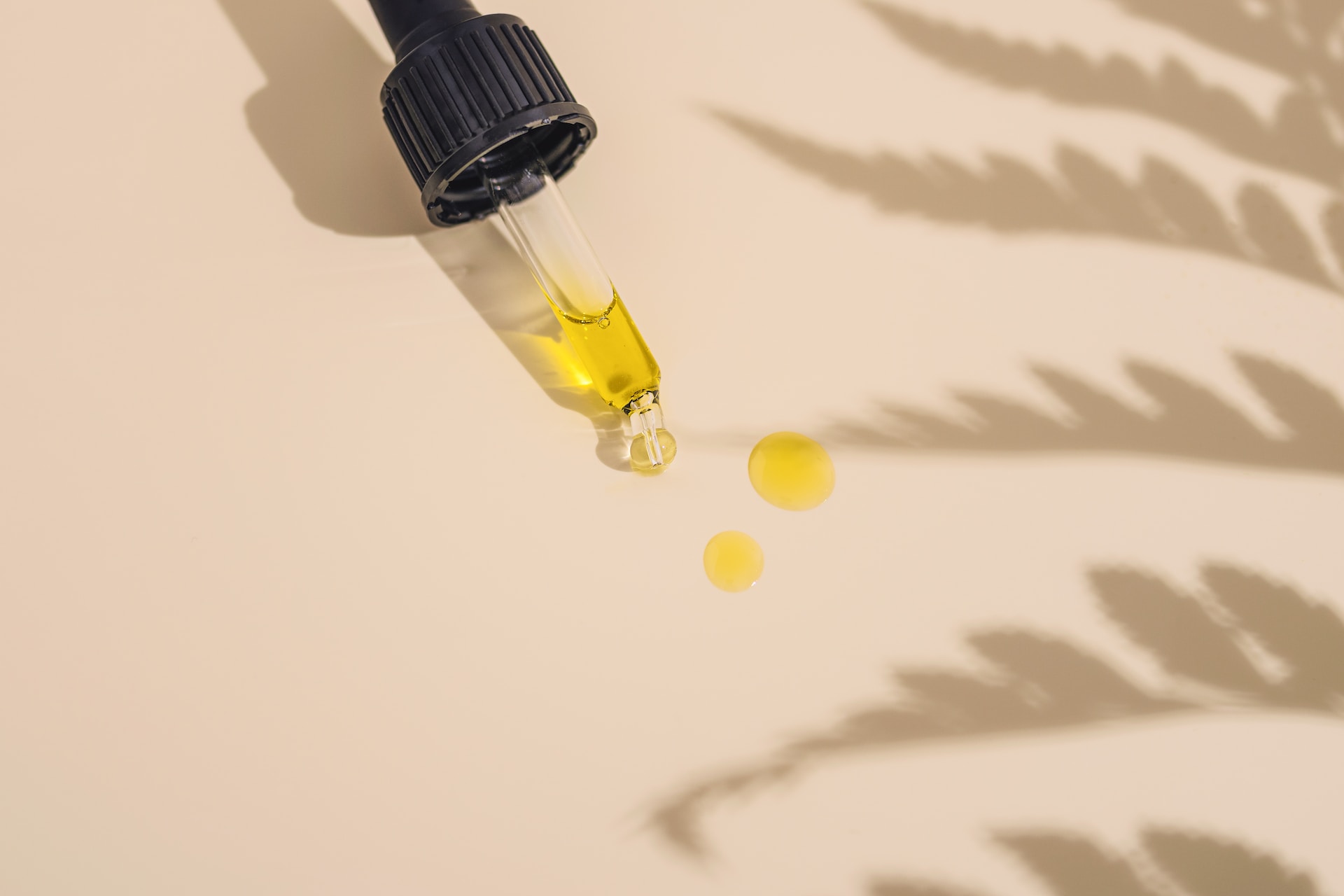
Cannabidiol (CBD) and tetrahydrocannabinol (THC) are the two most prominent cannabinoids found in the cannabis plant. Both have gained significant attention for their potential therapeutic benefits, yet they differ dramatically in their effects on our bodies and minds. As more people turn to cannabis for medicinal and recreational purposes, understanding the differences between CBD and THC is crucial for making informed decisions and maximizing the benefits derived from these compounds.
At 406 Essence, we are committed to empowering our clients with the knowledge they need to navigate the complex world of cannabis, optimizing their experience by selecting the right products for their unique needs. In this blog post, we will examine the key distinctions between CBD and THC, including their potential effects, benefits, and legal status. By exploring the similarities and differences between these two cannabinoids, our clients can make informed choices about the cannabis products that best suit their individual requirements and preferences.
Molecular Structure and Interaction with the Endocannabinoid System
Although CBD and THC share a similar molecular formula, their molecular structures differ slightly, resulting in distinct interactions with the endocannabinoid system. Both cannabinoids bind to receptors in the system – primarily the CB1 and CB2 receptors – but with varying affinities and effects:
- THC: THC has a strong affinity for the CB1 receptors, which are predominantly found in the brain and central nervous system. This binding action is responsible for THC’s psychoactive effects or the classic “high” associated with cannabis consumption.
- CBD: CBD has a low affinity for both CB1 and CB2 receptors. Instead, it is thought to act as a modulator of the endocannabinoid system, influencing the activity of various receptors and enzymes. This modulatory action is believed to be responsible for CBD’s non-psychoactive, therapeutic effects.
Psychoactive Effects and Potential Benefits
One of the most significant differences between CBD and THC is the presence or absence of psychoactive effects. While THC is known for inducing the mind-altering “high,” CBD does not produce these same effects, making it an appealing option for those seeking potential therapeutic benefits without the psychoactive experience.
- THC: THC’s psychoactive effects can include euphoria, creativity, relaxation, heightened sensory perception, and increased hunger. However, it may also cause anxiety, paranoia, or short-term memory impairment in some users, particularly at high doses. THC has been researched for its potential therapeutic benefits in conditions such as chronic pain, muscle spasticity, insomnia, glaucoma, and chemotherapy-induced nausea.
- CBD: CBD is non-psychoactive, meaning it does not induce the “high” associated with THC. Instead, its potential therapeutic benefits can include reducing inflammation, anxiety, depression, and seizures, as well as alleviating symptoms in conditions such as epilepsy, multiple sclerosis (MS), and Crohn’s disease.
Legal Status and Accessibility
The legal status of CBD and THC varies depending on federal and state regulations, making accessibility to these cannabinoids dependent on the applicable laws:
- THC: On a federal level, THC is classified as a Schedule I substance, making it illegal in the United States. However, individual states have enacted their medical and recreational marijuana laws, allowing for legal access to THC-containing products in those jurisdictions. It is crucial to understand the specific laws governing THC in your area before attempting to obtain or use THC-containing products.
- CBD: The legal status of CBD is more complex, with varying regulations based on the source of the cannabinoid. CBD derived from hemp (defined as cannabis plants containing less than 0.3% THC) is legal on a federal level, thanks to the 2018 Farm Bill. However, CBD derived from higher-THC cannabis plants remains a Schedule I substance, subject to state-specific medical and recreational marijuana laws. Before purchasing or using CBD products, it is important to be aware of the applicable regulations in your state.
Methods of Consumption and Product Options
Both CBD and THC can be consumed using various methods and products, with their bioavailability, onset, and duration of effects dependent on the chosen method:
- Inhalation: Smoking or vaporizing CBD and THC can provide fast-acting relief, with effects often felt within minutes of consumption.
- Oral: Edibles, capsules, and tinctures containing CBD and THC offer a more discreet and longer-lasting method of consumption, with effects typically felt within 30 minutes to 2 hours after dosing.
- Topical: Balms, lotions, and salves infused with CBD or THC can be applied directly to the skin to address localized inflammation, pain, or skin conditions.
Conclusion
Understanding the key distinctions between CBD and THC is crucial for those seeking to enhance their cannabis experience and make informed decisions regarding the strains and products that best suit their unique needs and preferences. Both cannabinoids offer a wealth of potential therapeutic benefits, but their effects can vary significantly, with THC producing the classic psychoactive “high” and CBD offering a non-psychoactive alternative.
At 406 Essence, our knowledgeable team is dedicated to guiding our clients through the fascinating world of cannabinoids, helping them navigate the complex landscape of cannabis strains and products. Visit our cannabis dispensary in Billings, Montana today, and let our expert staff guide you toward discovering the perfect balance of CBD and THC to meet your individual needs, ensuring a satisfying and personalized cannabis journey.

